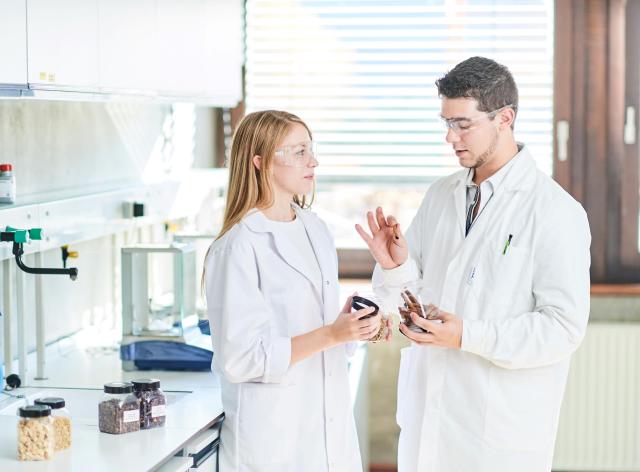As part of its university missions, the Department of Pharmacy has developed a structure, the NAB-X Biobank enabling human body material and in particular plasma and serum to be stored in optimal conditions in order to promote medical research.
What is a biobank?
"A biobank is a structure that ensures the storage and provision of human bodily material, exclusively for scientific research and which is not intended for any human application."
Definition taken from the law of December 19, 2008 relating to the obtaining and use of human bodily material intended for human medical applications or scientific research purposes.
Samples included in the biobank are irreversibly anonymized and stored in a centralized structure that makes them accessible to researchers while guaranteeing their quality. Access to biobank samples is subject to specific conditions of use. In general, samples are released for projects that have received the approval of an ethics committee.
What's in it for a university?
The development of new treatments and the research and validation of new diagnostic methods require the use of human body material. To do this, researchers need plasma/serum samples from both healthy and pathological donors.
The aim of this biobank is to promote collaborative academic and industrial research by providing high-quality samples of human body material (HBM), in compliance with the ethical rules and legislation in force.
Biobanking in practice
Who?
The biobank and associated services are under the supervision of a pharmacist (Prof. Jean-Michel Dogné) and are managed on a daily basis by a scientist (Julie Laloy) with the help of a technician (Philippe Devel).
Coordinator : M. Naji Habra
Responsible : Prof. Jean-Michel Dogné
Manager : PhD Julie Laloy
Technician : Philippe Devel
Where?
A room for the conservation of human body material has been specially fitted out. It contains -80°C freezers dedicated to the biobank, to which access is restricted. To ensure temperature stability, a continuous temperature recording system is in place, enabling storage temperatures to be monitored and traced. This system instantly alerts biobank managers to any temperature variations, enabling them to react in the event of a problem to avoid loss of sample quality.
The biobank wants to extend its contacts with clinical laboratories to offer clinical sample management and storage. It wishes to position itself as a major partner by offering an opening to collaborative research with other academic or private research laboratories.


